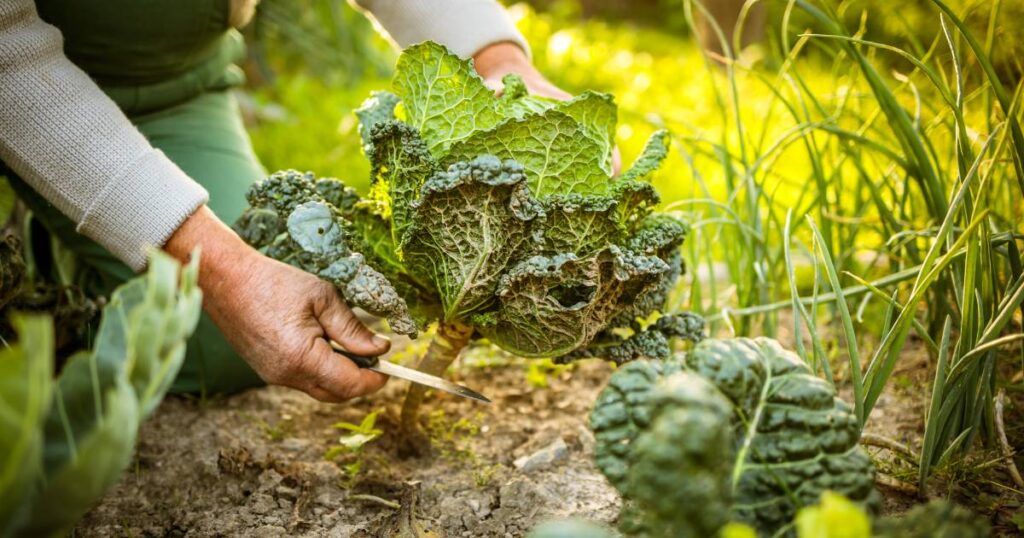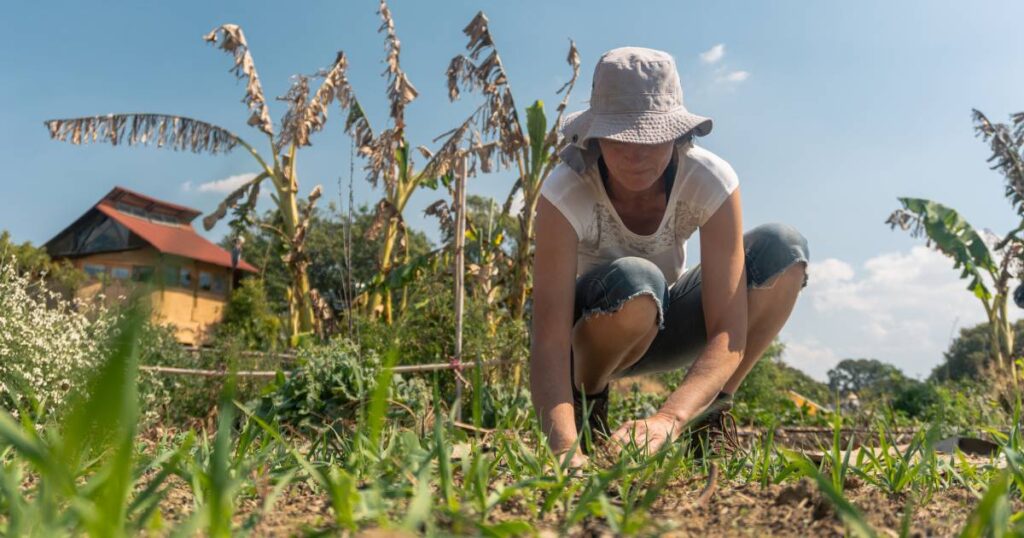Imagine stepping into a garden that thrives in perfect harmony with nature, a vibrant ecosystem where every plant and creature plays a role in sustaining the other. This is the vision of permaculture, a design philosophy aimed at creating sustainable and self-sufficient landscapes. By embracing permaculture principles, we can foster resilience, diversity, and a deep connection with the natural world, shaping the future of food production and land use.
Understanding Permaculture
Permaculture, a term coined by Bill Mollison and David Holmgren, combines “permanent” with “agriculture” and “culture.” It’s a philosophy and approach that seeks to mimic the patterns and relationships found in natural ecosystems. By observing and replicating these natural processes, permaculture designs create stable and productive environments, reducing human labor and ecological footprint.
Key Permaculture Principles
Core permaculture principles include:
- Observe and Interact: By closely observing nature, we can design solutions that suit our specific environment.
- Catch and Store Energy: Utilizing natural resources, such as rainwater and sunlight, reduces our reliance on non-renewable energy.
- Obtain a Yield: Ensuring that our designs produce tangible results, from food to energy, secures our needs.
- Apply Self-Regulation and Accept Feedback: Monitoring and adapting our practices promotes sustainability and resilience.
Essential Permaculture Techniques
Practical permaculture techniques include:
- Companion Planting: Strategic plant alliances enhance growth, deter pests, and optimize space.
- Mulching: Maintains soil moisture and fertility, reducing the need for watering and fertilizing.
- Water Harvesting: Capturing rainwater for irrigation conserves water and reduces runoff.
- Composting and Vermicomposting: Transforms organic waste into rich soil, closing the nutrient loop.

What Are the Benefits Of Permaculture?
Permaculture offers myriad benefits:
- Ecosystem Biodiversity: Diverse plantings create habitats for beneficial insects and wildlife.
- Soil Health: Natural techniques improve soil structure and fertility, ensuring long-term productivity.
- Water Efficiency: Integrated water management systems conserve this vital resource.
- Resilience and Sustainability: Permaculture landscapes are more adaptable to climate extremes and less dependent on external resources.
The Global Impact of Permaculture
Globally, permaculture is gaining momentum with projects like urban rooftop gardens, regenerative agricultural practices, and community-supported farms demonstrating its adaptability and potential for large-scale sustainability.
Getting Started with Permaculture
For those interested in permaculture:
- Education: Enroll in courses or workshops to understand permaculture design principles.
- Observation: Start by observing your local environment to identify natural patterns and resources.
- Community: Connect with local permaculture groups to gain insights and support.
Conclusion
Permaculture is more than gardening or farming; it’s a philosophy for living sustainably and harmoniously with nature. By adopting permaculture principles, we can transform not only our gardens but also our communities and the planet. Start small, think big, and watch as the principles of permaculture make a profound difference in your world and beyond.







